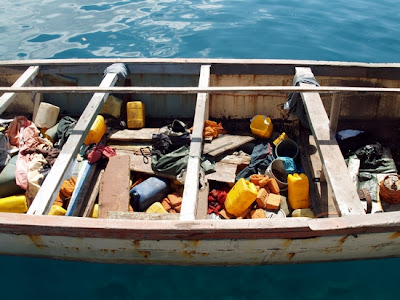 Follow water's way through an amazing landscape...
Follow water's way through an amazing landscape...
Story & Photography by: Bjorn Ulfsson / The Canarian Times
These open air irrigation lines are an old fashioned way of transporting water from the island's colder interior down to lower, and drier, elevations. The irrigation lines have been used for drinking water and for watering crops.
Nowadays, these beautiful "artificial creeks" are rapidly being replaced by more evaporation-efficient pipe lines. But once in a while, a hiker can sometimes find active lines, like this one which can be found on the scenic trail between Arucas and Teror. The open air irrigation channels are an amazing sight during the winter months.
The open air irrigation channels are an amazing sight during the winter months.
The channels run along the ridges of the green hills, and the water reaches such speed and momentum that it can even flow uphills through the landscape!
This form of irrigation is a technique found also among the pre-Hispanic "guanches", who were the pre-hispanic aboriginal peoples of Gran Canaria.
Often we find traces of stonework in the landscape reminiscing of how this entire island once was covered by this type of primitive irrigation channels.
When it rains up here, it fills the reservoirs deep inside the mountains, which allow farmers to tap into free irrigation for their fields.
This one, in Barancho de Sernichalos near Telde on the southeastern part of the island, is the most spectacular.
It is quite difficult to reach, unless you are a somewhat of an experienced hiker.









